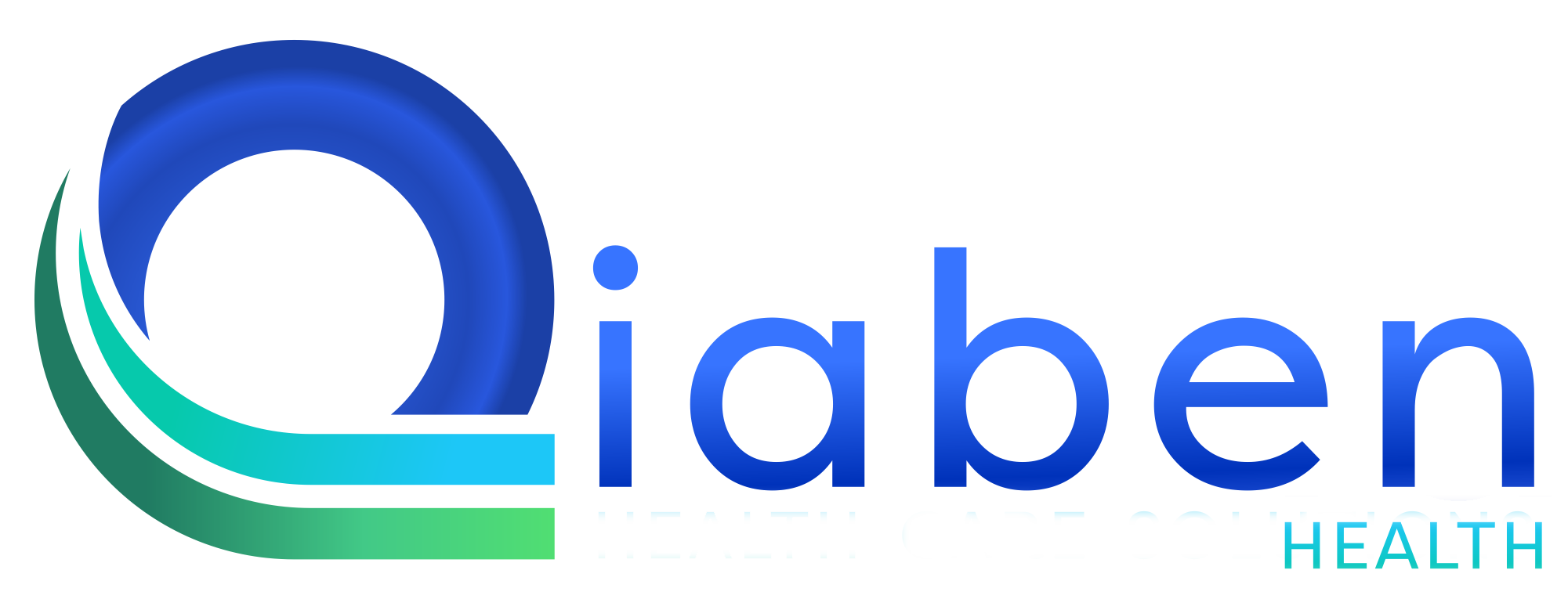Introduction
OpenEMR has built a strong reputation as one of the most reliable and widespread open-source electronic medical record systems available today. With its long list of features, customizability, and cost-effectiveness, it’s no surprise that healthcare providers from all over the world are choosing it for their practices. In this article, we’ll take a closer look at the essential functions OpenEMR offers, explore how it can be tailored to meet specific needs, and explain why it’s such a valuable tool in today’s fast-paced medical world. No matter if you’re an independent provider, running a clinic, or a member of a large healthcare system, knowing what OpenEMR has to offer in 2025 can assist you in making the most of your investment. What is OpenEMR?
What is OpenEMR?

OpenEMR is an open-source electronic health record system, medical billing, scheduling, and overall patient care. It is certified by the Office of the National Coordinator for Health Information Technology (ONC), which indicates that it meets federal standards for data privacy, security, and interoperability.
Because it is an open-source system, OpenEMR is an ideal choice for those practices that don’t wish to pay for costly licensing fees and be given a system that is easy to customize to their needs. Having its robust, global community of developers actively supporting and developing it, making sure it is secure, usable, and up-to-date, OpenEMR boasts the following core features:
Core Features of OpenEMR
Patient Management.

Patient administration lies at the heart of any medical practice, and OpenEMR makes this easy and seamless to do. You are able to register patients easily, track demographics, and manage appointments. The program also holds a full history of each patient’s treatment and surgeries. Some features like appointment reminders may also help reduce no-shows and improve patient involvement.
Electronic Medical Records (EMR)
OpenEMR’s electronic medical record module allows providers to see the full history of a patient’s medical condition. With the capability of supporting SOAP notes, encounter tracking, treatment plans, and diagnosis codes, it allows health care providers to make better decisions. You can also see charts, lab work, and immunization records with ease, which can easily change the manner in which you deliver care.
Medical Billing and Coding
The integrated billing component accommodates many different coding systems such as CPT, ICD-10, and HCPCS. OpenEMR features a straightforward electronic claim submission and follow-up process. The software also connects to major clearinghouses and allows you to process denials and payments in a smooth and efficient way. Whether you have a small clinic or an extensive provider group, the OpenEMR billing capabilities can adapt to meet your needs.
Security and Compliance
Patient data security is non-negotiable, and OpenEMR doesn’t take any chances. It uses role-based access controls to limit who gets to see and modify information. All of this is logged for auditing purposes, and data transmitted over the wire gets encrypted. These give you the level of assurance you require to be compliant with HIPAA and other regulations so you can focus on care without worrying about data breaches.
Prescription and Pharmacy Management
OpenEMR helps in simplifying the prescribing process through the ability of providers to write and send prescriptions electronically. OpenEMR provides drug interaction checking, medication history checks, and dosage control functionality. The above capabilities not only aid in safer prescribing but also facilitate more effective communication with pharmacies. Patients can have their prescription sent to them through the patient portal of the system, enabling them to stay up to date with their care.
Reporting and Analytics
It is easier to see the performance of your practice with OpenEMR’s robust reporting features. It enables you to generate all types of reports, from patient statistics and financial reports to clinical summaries. You can even customize reports to focus on what matters most to your practice. Reports result in improved decisions and enhance both operations and patient outcomes.
Multilingual and Multi-facility Support
If your practice is multi-site or has a multilingual patient population, OpenEMR is aware. The program supports multiple languages and can be configured to handle more than one facility within a single system. This is especially helpful for large healthcare networks or multi-clinic organizations with diverse ethnic patient communities, so that all receive the care they need in a language in which they can read and respond.
Customization and Integration Options
What really sets OpenEMR apart is that it is customizable. Because it’s open-source, it can be tailored to meet specific workflows, specialties, and even regulatory requirements. Developers have the ability to alter the interface, add new modules, or integrate third-party tools through exposed APIs. Regardless of whether you need lab system integration, imaging software, or telemedicine functionality, OpenEMR has flexibility to suit your specific needs. Dermatology, pediatric, dental, and other specialty practices can modify it to include suitable features in order to make it an extremely versatile platform.
Advantages of Using OpenEMR
There are many advantages to OpenEMR. For one thing, it is gratis, a huge cost benefit over much of the commercial EMR software. This makes it highly attractive to small practices or non-profit organizations.
It’s scalable too, which means it will grow right along with your practice, from one provider to a full healthcare system. Because it has a strong developer community, OpenEMR is constantly updated to reflect the latest healthcare trends and technologies.
Patient engagement is paramount. Through online scheduling, a patient portal, and on-hand availability of medical records, OpenEMR empowers patients to take their own advocacy roles in their care. This can lead to better outcomes and more patient-centered provider relationships.

Limitations and Considerations
As is the case with any software, OpenEMR isn’t perfect. It can take time to master, depending on whether your employees are new to electronic health records. Installing and configuring it may also require technical knowledge or help from a third-party vendor.
Maintenance and upgrades are your responsibility unless you outsource to a service provider. That does give you control, but it also makes you responsible for finding someone to take care of security patches and system updates.
That being said, the majority of practices find the benefits far outweigh the learning curve—especially when they tap into provided support and training.

Use Cases by Specialty
OpenEMR is easy to use in the majority of medical specialties. Dermatologists can track skin condition and use image-based functionality. Dentists can include procedure-specific codes for billing and dental charting. Pediatricians can leverage features like tracking of immunizations and growth charts.
Because the system is also incredibly customizable, it can be adapted to the specific needs of almost any practice. That makes it a smart investment for providers who require a solution that reflects the way they practice.
CONCLUSION
OpenEMR is a productive, flexible, and low-cost application for managing electronic health records and for optimizing practice operations. With functionality that supports everything from patient management to billing, security, and customization, it’s a suitable option for healthcare providers in 2025







